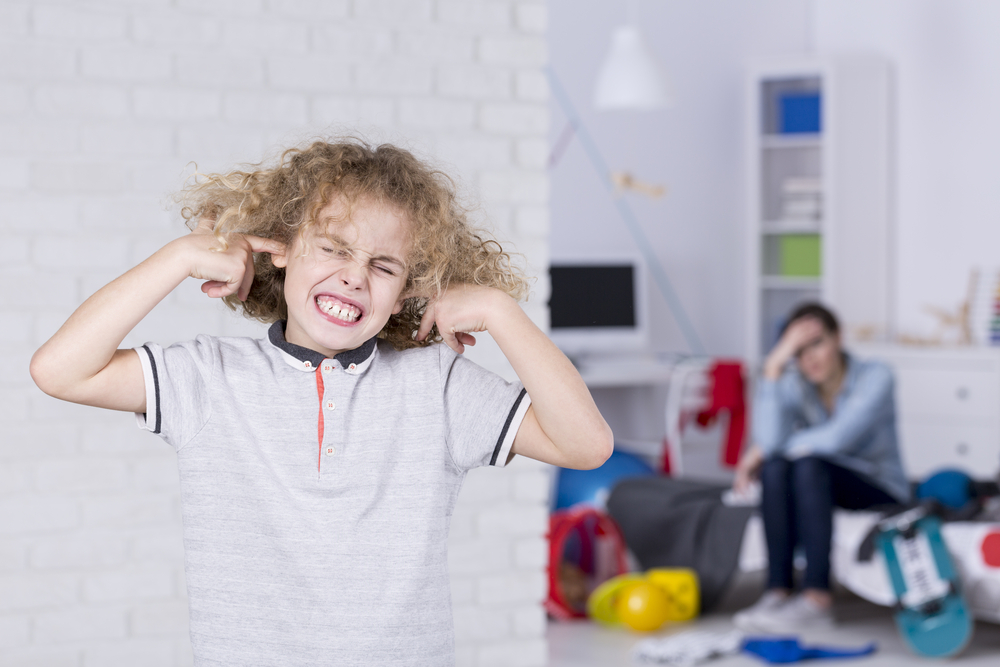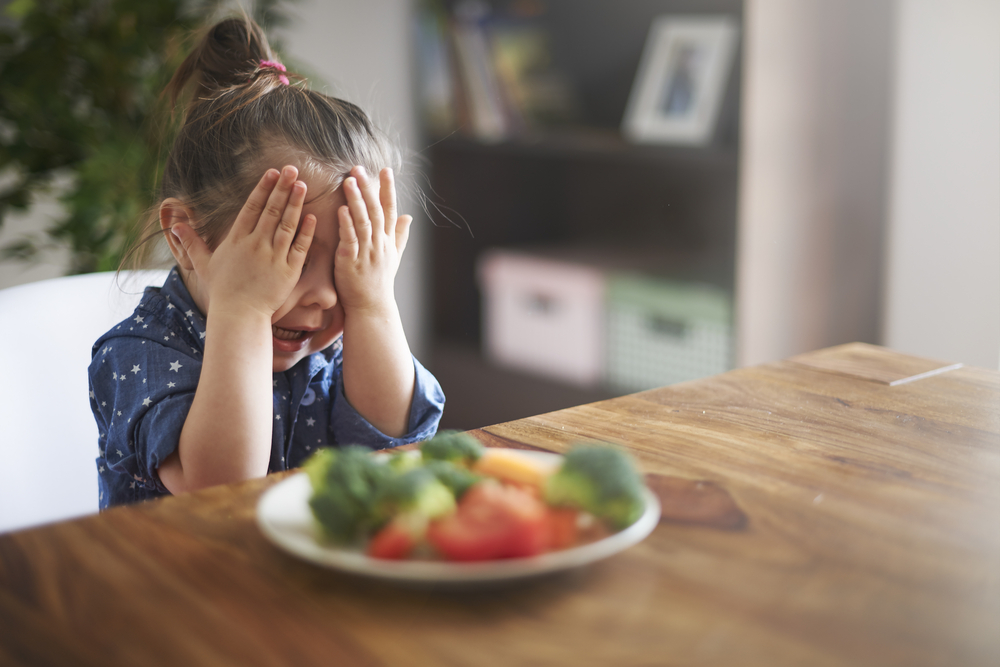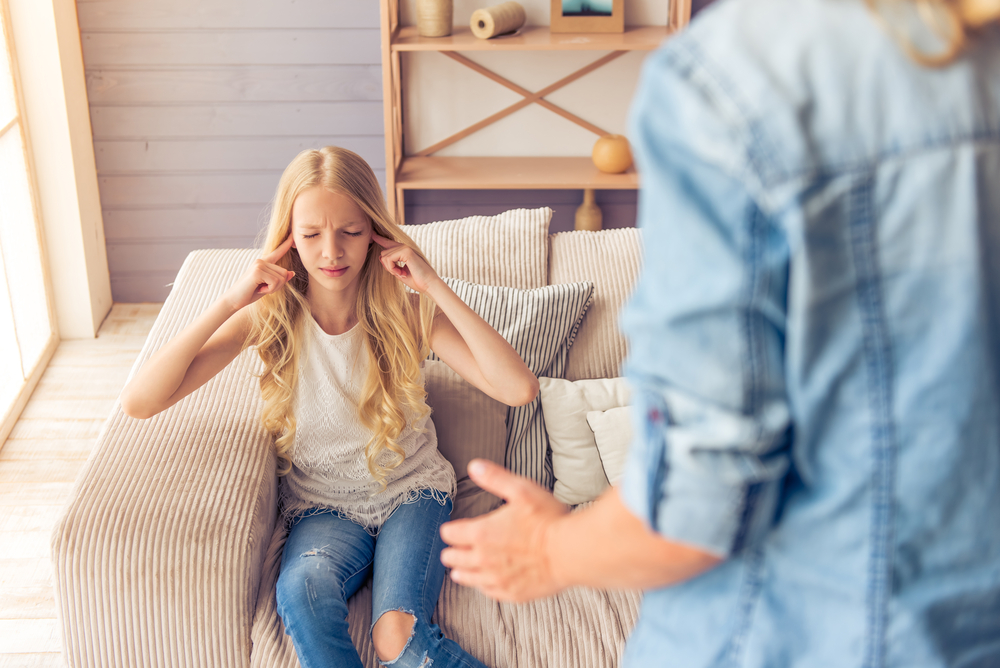Ways That Anxiety Can Affect Children
How to Address Anxiety Disorders if You’re a Parent or Guardian While most people think that anxiety disorders are only prevalent in adults, this is not the case. Anxiety in children and teens is occurring more often nowadays, and this can leave a searing imprint on their childhood, adolescent or teenage years. Types of Childhood and Adolescent Anxiety Disorders These are the five most common types of anxiety disorders in children:1,2,3 • Generalized Anxiety Disorder (GAD): Kids with this disorder worry excessively about aspects of life such as studies, sports, behavior, punctuality at school and even natural disasters. These kids tend to be restless, irritable, tense and easily tired; they often aim to be people-pleasers and “perfectionists,” and don’t settle for anything that is less than perfect, lest they become very disappointed. Kids with GAD experience concentration or sleeping difficulties, lack confidence, and may need to be reassured at times. GAD indicators are said to appear once a child reaches school age (usually at 7 or 8 years old), but some preschool children may already have this anxiety disorder.4 Girls are twice as likely to have GAD compared to boys.5 • Separation Anxiety Disorder: This condition occurs when children experience extreme anxiety when they realize they might be separated from home, family members or caregivers. Children with separation anxiety disorder often want to remain at home and/or be close to their parents. This can affect their social and academic capabilities. While it’s considered normal for children to feel scared because of the threat of being separated from parents, it’s only appropriate until they are about 2 years old. As the child ages, this fear should dissipate. Typical symptoms of this disorder include constant worrying about their parents whenever separated, clinginess, refusal to go to school and fear of sleeping alone. In some cases, the child can also experience separation-related nightmares, stomachaches and headaches. Separation anxiety disorder in children can occur at different points of their school life, especially during kindergarten, middle or high school. Children in their elementary years (typically 7 to 9 years old) may show signs, too.6 • Obsessive-Compulsive Disorder (OCD): Children who have OCD exhibit obsessions (constant, overwhelming thoughts) and/or practice compulsions (customs or habits that aim to decrease onset of said thoughts and prevent possible consequences). These two components of OCD are both time-consuming, and may lead to disruptions in normal routines and increased anxiety. Some OCD indicators in children include a fear of illness, anxiety toward handwriting or neatness in their home or schoolwork,7 constant handwashing, and health checks on family members because of fear that they may get hurt.8 The first symptoms of OCD typically appear in early childhood or adolescence, with most kids being diagnosed at 10 years old. According to the Anxiety and Depression Association of America, boys are more likely to have an OCD diagnosis before reaching puberty, while girls become affected during their adolescent years. • Post-Traumatic Stress Disorder (PTSD): This affects children who [...]








